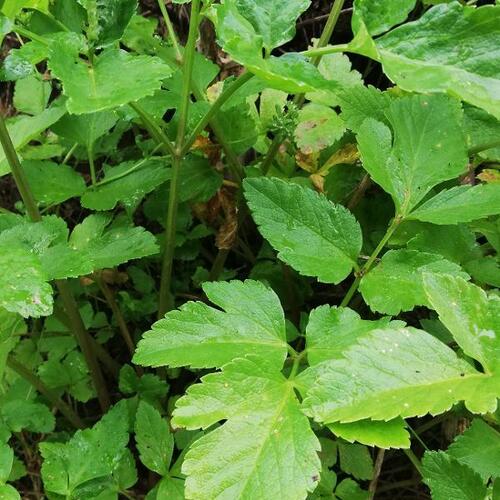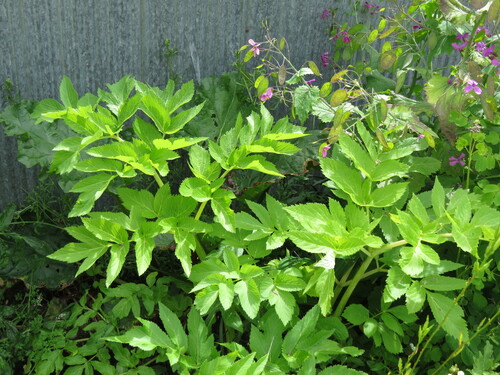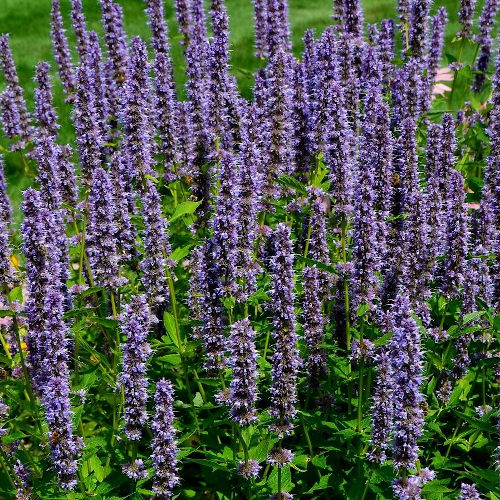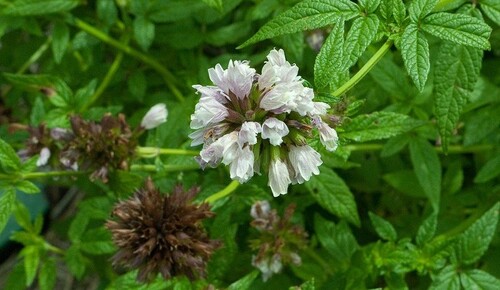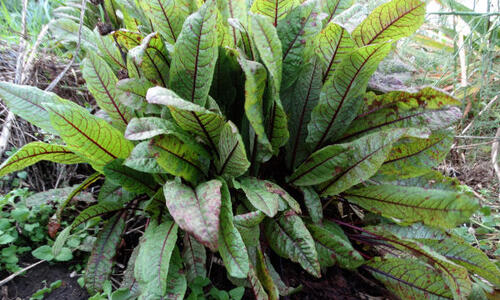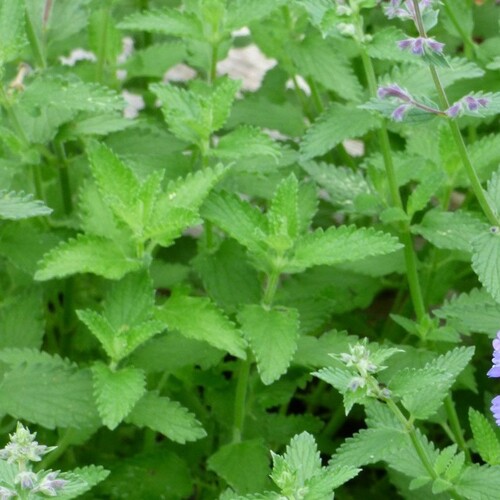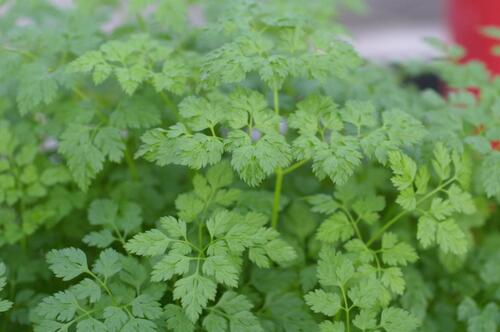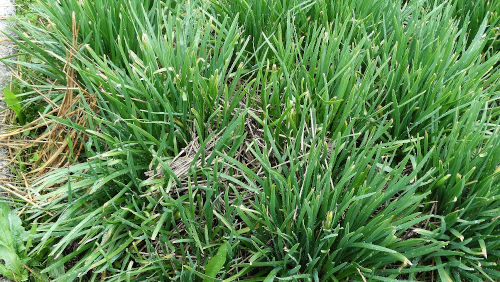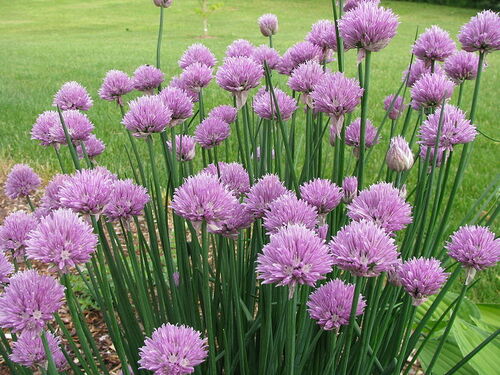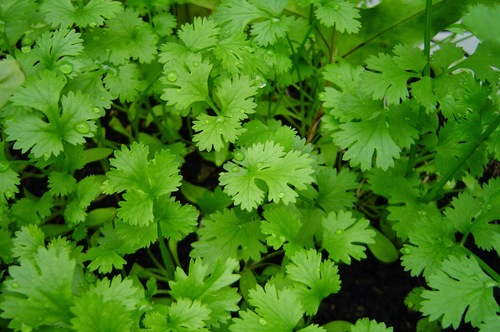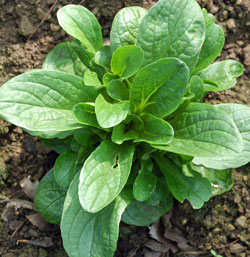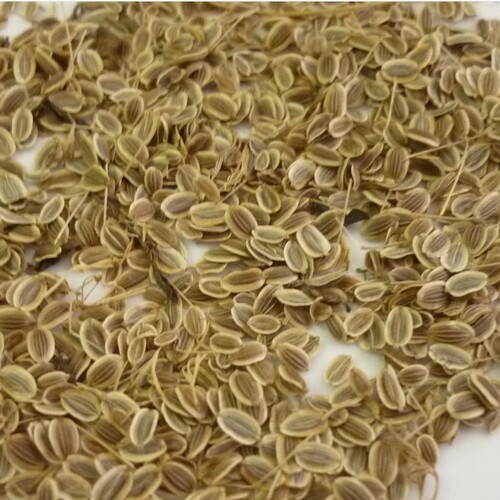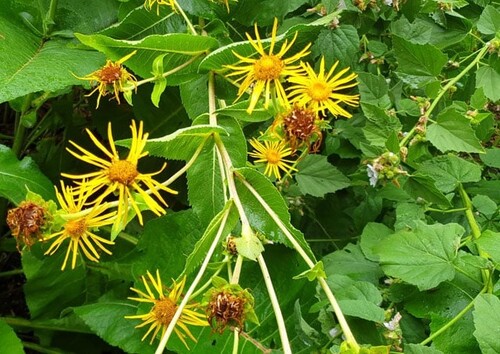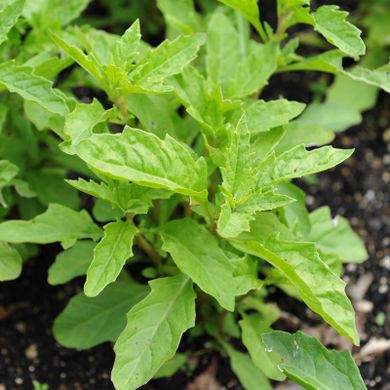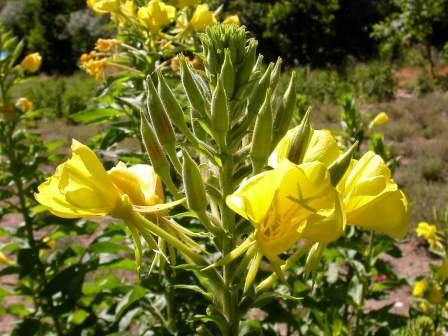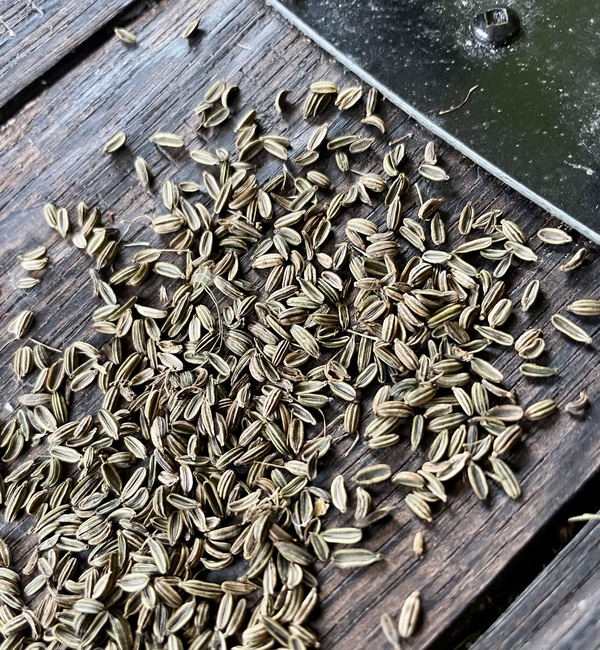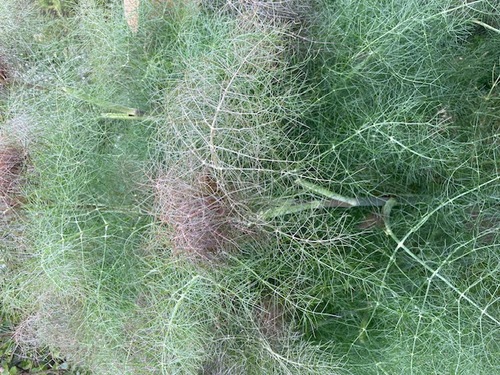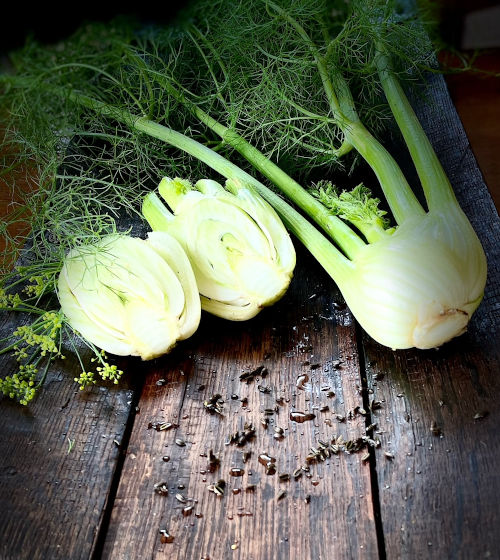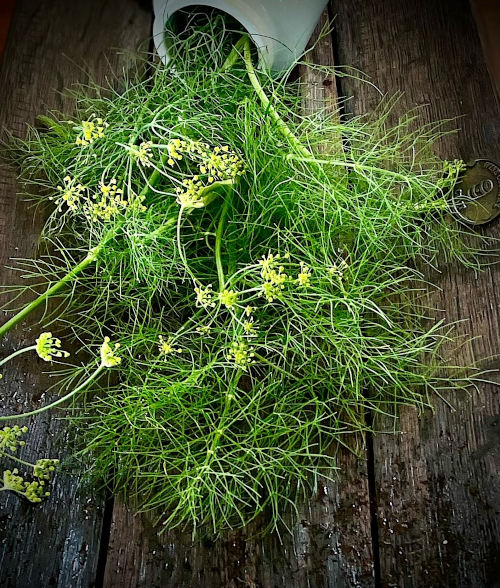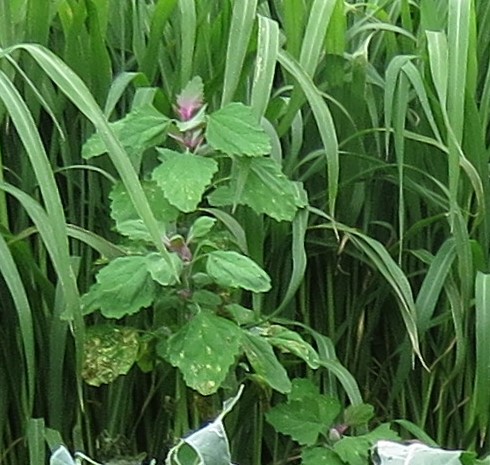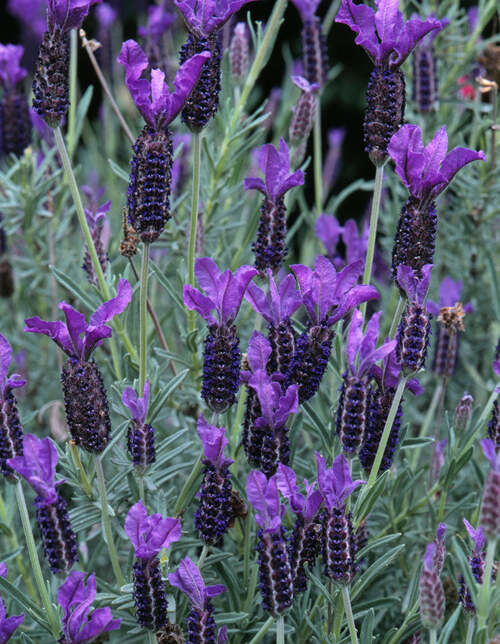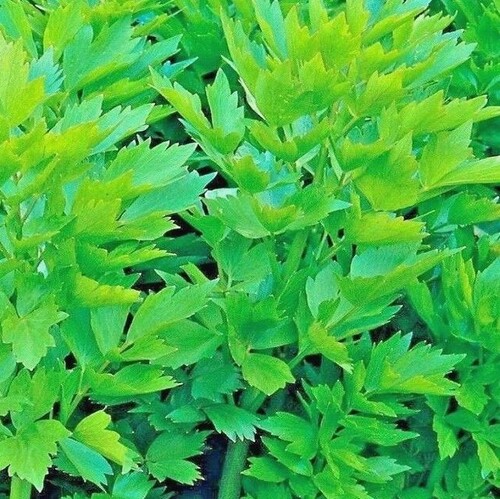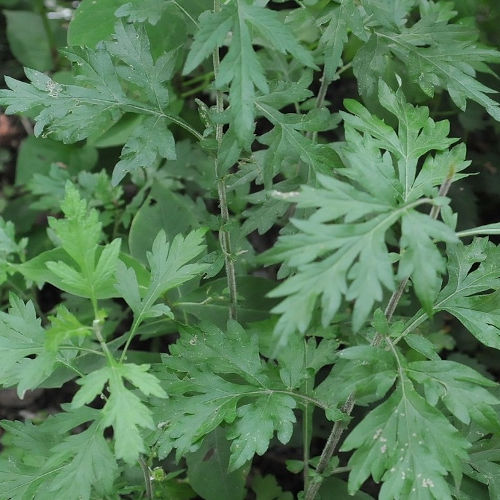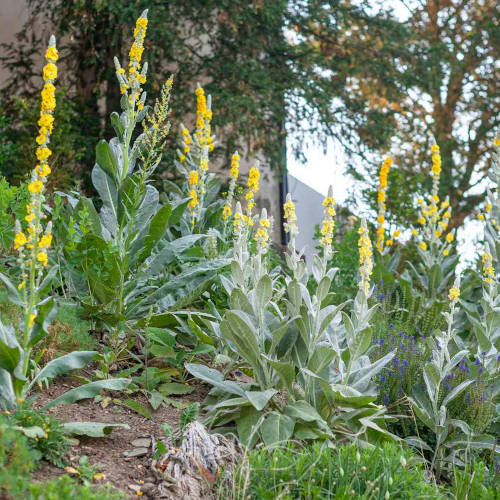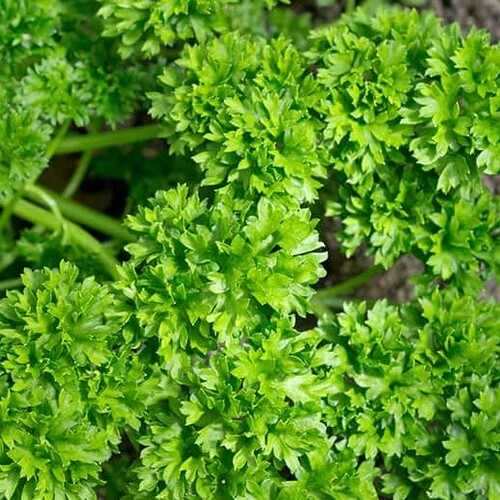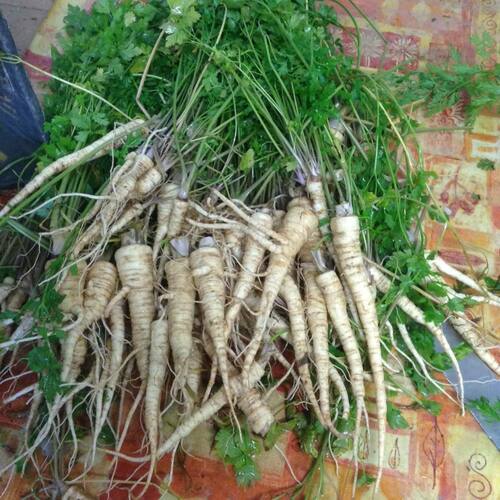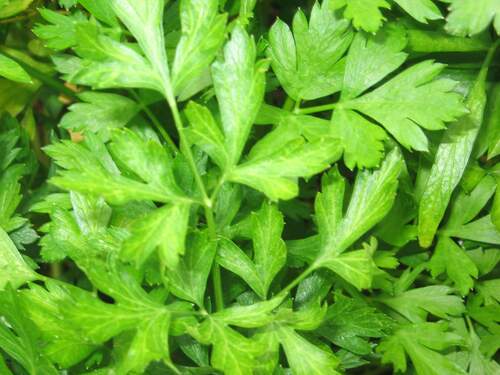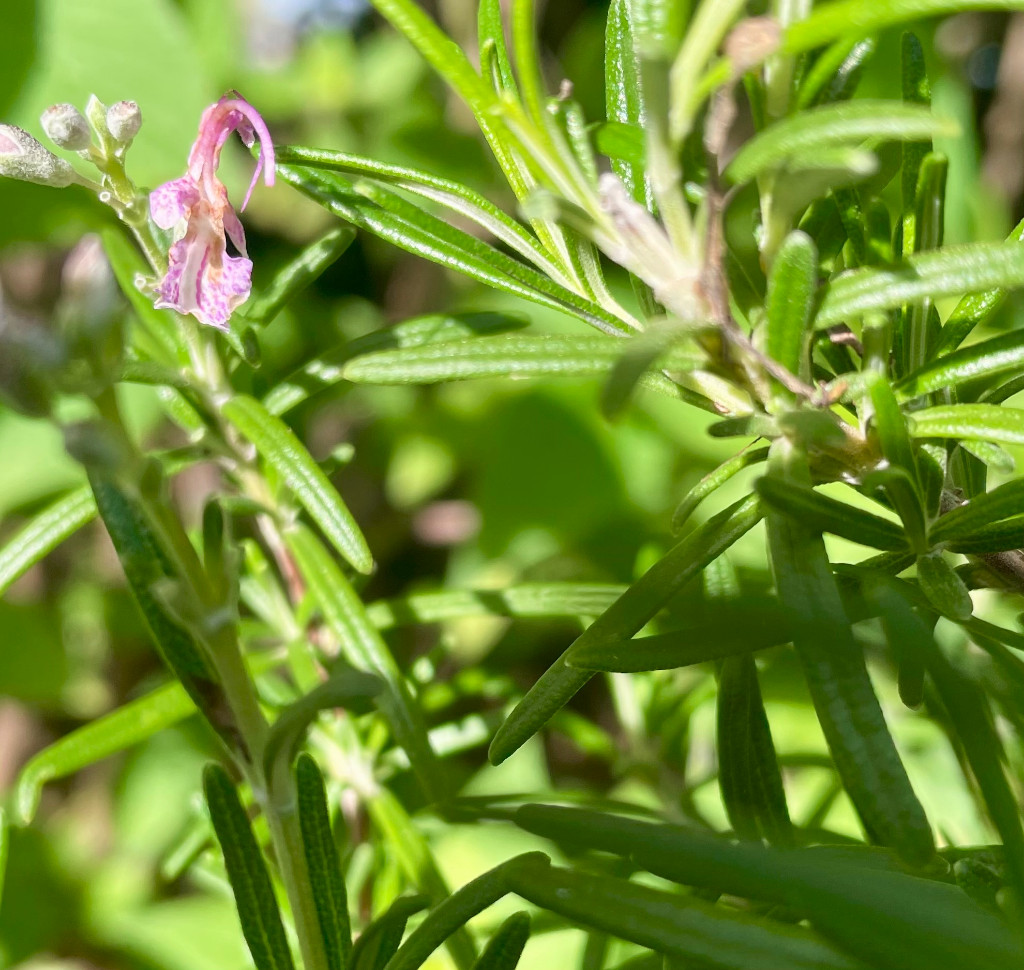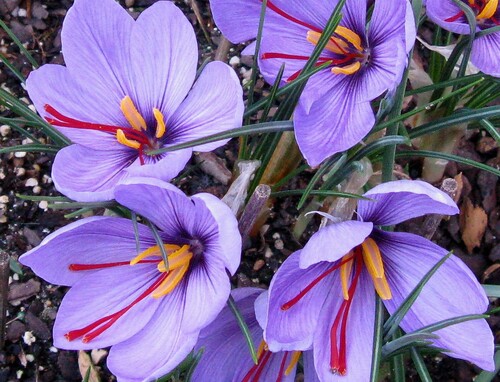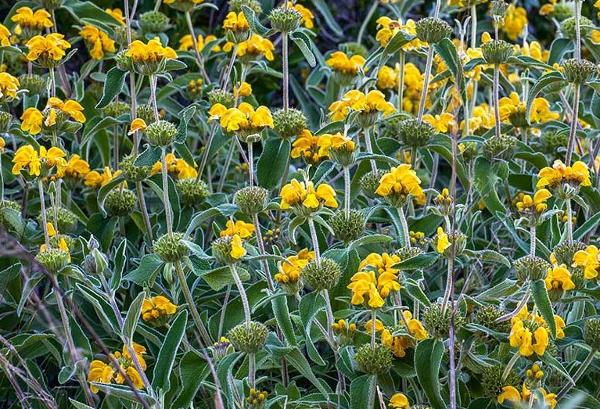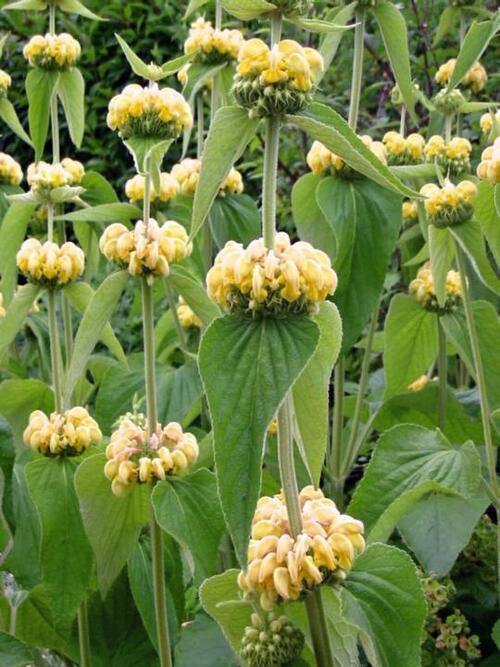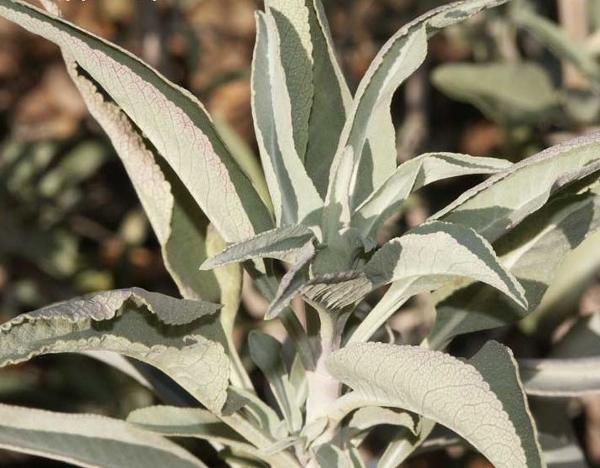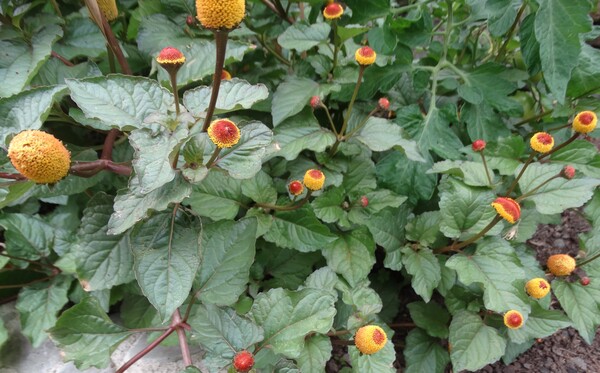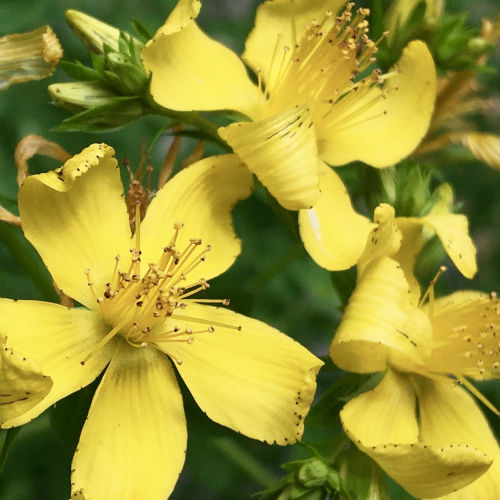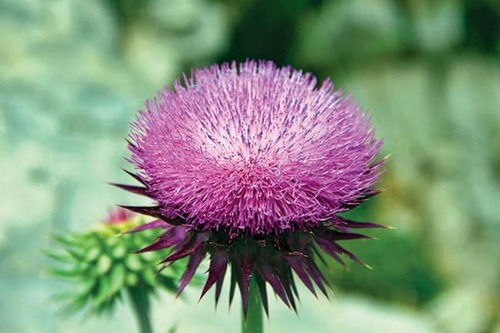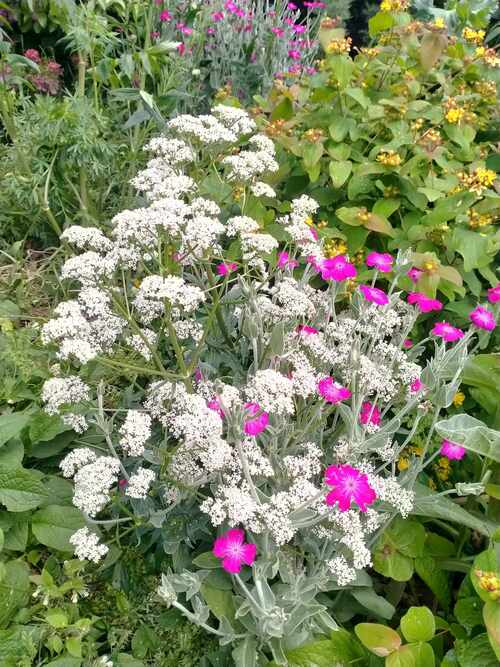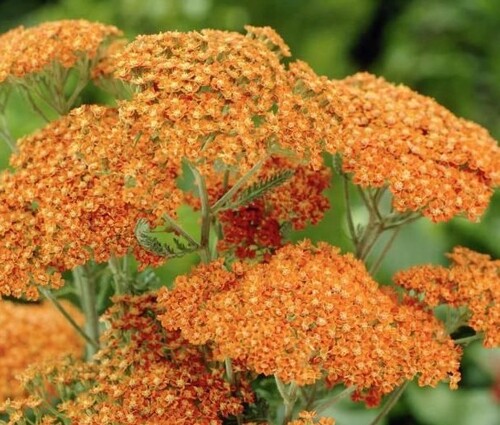Spice up your life with home grown herbs
Cultivating herbs in a home garden brings a host of benefits that extend beyond their aromatic and flavourful contributions to culinary delights.
The practice of growing herbs offers the convenience of having a readily available and cost-effective source of fresh, organic seasoning just steps away from the kitchen.
Herbs like basil, mint, and rosemary are not only culinary treasures but also possess various medicinal properties, adding a touch of holistic well-being to your home.
Moreover, herbs attract beneficial insects, promoting a natural balance in the garden ecosystem and reducing the need for pesticides.
From enhancing the taste of meals to promoting a healthier environment, incorporating herbs into a home garden is a rewarding and sustainable practice that encourages a deeper connection to the natural world right at your doorstep.
Angelica - 286RS
Anise Hyssop - 164NS
Baim of gilead - 294SPH
Bloody sorrel - 236SPH
Catnip - 132RG
Chervil - 67RW
Chives - Garlic - 3RW
Chives - Standard - 31RG
Coriander - 117NS
Coriander can be used for digestion problems including upset stomach, loss of appetite, hernia, nausea, diarrhea, bowel spasms, and intestinal gas. It is also used to treat measles, hemorrhoids, toothaches, worms, and joint pain, as well as infections caused by bacteria and fungus.
Dill - 217NS
Elecampane - 59SPH
If sowing seed in the garden, plant them after all danger of frost has passed.
Epazote - 154RW
Various native peoples in the American and Mexican West today drink epazote tea or eat the plant to facilitate childbirth and ease painful menstruation as well as to expel worms and relieve gastrointestinal disorders (some of which might be brought on by the worms). Epazote leaves can be poulticed on arthritic joints, athlete’s foot, and insect bites.
Evening Primrose - 70NS
Fennel - Bronze - 271CMK
Fennel - Florence - 86RW
Fennel - Sweet/common - 239SPH
Lamb's Quarters - Magenta Spreen - 279RS
Lavender - Avonview - 116SS
Propagation: Sow seeds in a tray of seed raising mix in a warm sunny location, should germinate in 14-21 days.
Lovage - 165RG
Mugwort - 26RS
Mullein- 250SPH
Parsley - Curly leaf - 88RW
parsley - hamberg 329RW
Sow springtime and space seedlings out to 10cm apart. Likes growing in deep soils.
Parsley - Italian or flat leaf - 72RW
Rosemary Rosy - 370CMK
Saffron
Sage - Jerusalem - 287RW
Sage - Turkish - 262SPH
Sage - White - 324SPH
Spilanthes - 71RW
St John's wort - 281RS
St Mary's Thistle - 146RG
Valerian - 56SPH
It produces umbrella shaped flowers of pure white borne on tall hollow stems with thick fern like foliage. Valerian has been used medicinally for centuries by many different cultures as a sedative and nervous system relaxant. Harvest roots in the winter during dormancy. Grows naturally in damp grasslands but can tolerate a wide range of soils. Flowers in late spring early summer.
